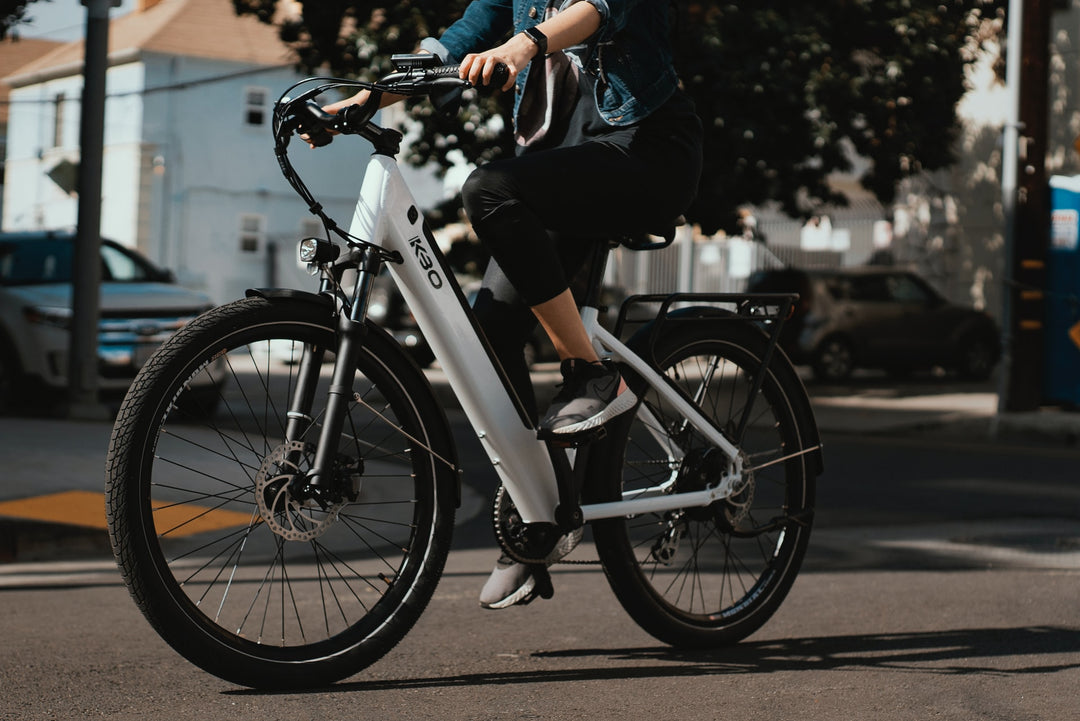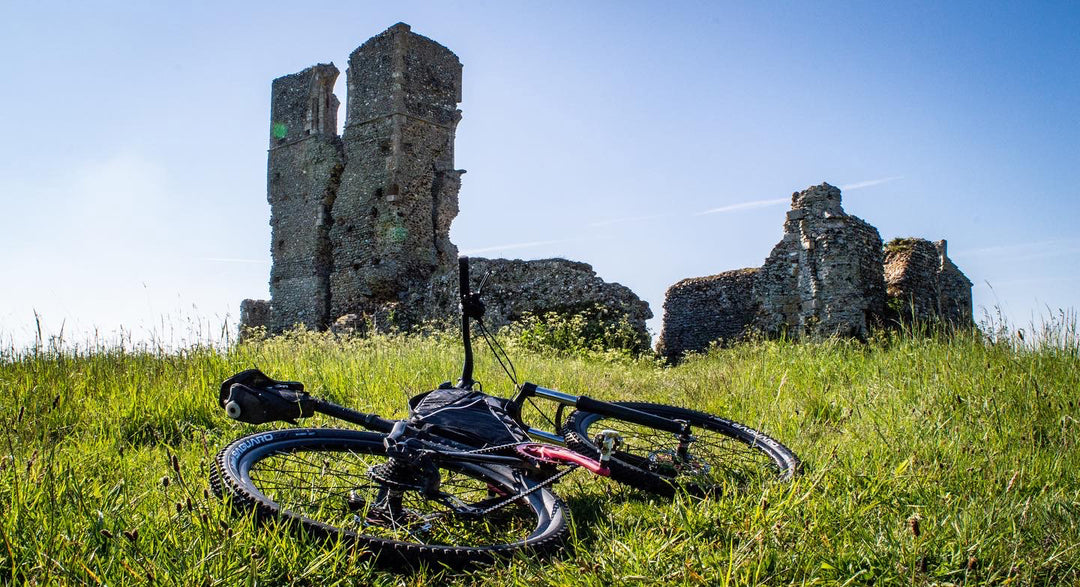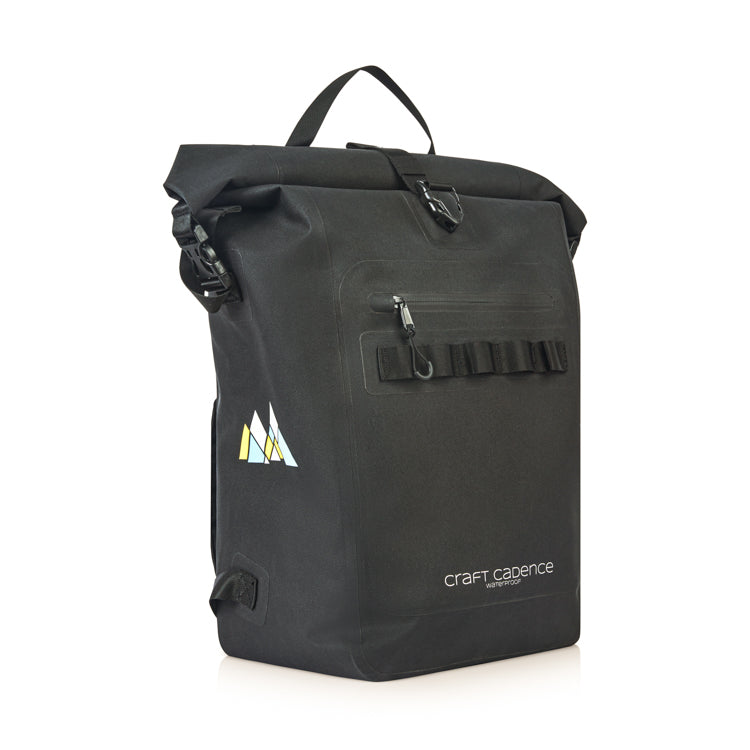What makes a PM2.5 cycling mask effective? Scientists tested 9 masks in Barcelona to find out
With a myriad of cycling masks on the market and a vast price range between them, it is no surprise that many consumers are confused about what exactly makes a quality cycling mask.
In the paper "Effectiveness of commercial face masks to reduce personal PM exposure", published in the journal Science of the Total Environment (2019) 1582-1590, scientists from Spain, Italy and Australia co-authored a report comparing the effectiveness of 9 masks from different manufacturers at filtering particle mass concentration below 2.5 μm (PM2.5), particle number concentration (PNC), Lung Deposited Surface Area (LDSA) and Black Carbon concentration (BC). In this article, we summarise their findings and tell you what to look for when purchasing a cycling mask.
What you need to know about urban pollution
Just to recap the basics, here are some facts about pollution and why cyclists may choose to wear cycling masks:
- Air pollution contributes to 7 million premature deaths globally (world health organization, 2014).
- Studies have shown a significant correlation between lung cancer and overexposure to particulate matter (PM). PM is produced mainly by fuel combustion, heavy industry and power generation.
- Particles with aerodynamic diameter b2.5 μm are often considered more harmful than larger-sized particles because it can penetrate in the deeper parts of human's respiratory track, hence masks are often advertised as PM2.5, meaning that it can capture PM at the 2.5 μm level.
- Cyclist may be more exposed to pollution as they cycle close to traffic and exercise higher breathing rate.
Key differences between mask manufacturers - materials, filters and price
The scientists tested 9 different masks in typical traffic conditions in Barcelona to assess effectiveness of filtering PM and other pollutants.
The nine masks considered included masks made from different materials, such as organic cotton, neoprene, soft-tech material, technical mesh and fibber cloth.
For filters, there were a range of different filters applied by manufacturers, including N99 filter, combination filter for chemical and particle filtration, FFP3, FFP1, active carbon filter and non-woven fabric filter.
In terms of pricing, a large variability was observed, from EUR3 to EUR44. The price ultimately was not a key determinate of a mask's effectiveness, according to the authors. In fact, cost was more linked with the aesthetics of the mask than their effectiveness.
How effectiveness was measured
Each of the masks was fitted with an anti-electrostatic inlet tube and splitter separating air flow into 4 channels, where PM captured could be analysed and assessed. Each test lasted 60 min and in all 27 tests were performed, at three breathing rates per mask.
Findings
The tests found that the mask with the highest effectiveness was not the most expensive, but was around the average price at approximately EUR20. it was effective in filtering out >80% of PM2.5 at all three breathing rates. By contrast, the worst performing mask could only filter out 35% of PM2.5.
The authored outlined the key characteristics and differences between the best performing and worst performing mask, as summarised in the table below:
| Best | Worst | |
| Material | Soft-tech mesh material | Plastic soft material |
| Price | EUR20 | EUR28 |
| Filter type | Active carbon filter, 3 layers | Electrostatic filter, 1 later |
| Design | Filter covers surface of mask | Filter located in the 2 valves |
| Fit | Adheres well to the face due soft materials |
Plastic materials does not adhere well to face |
The authors concluded that the key things to look for in a cycling mask are fit, the filtration technology and the number of layers in the filter.
What about our own cycling mask at Craft Cadence?
Here are Craft Cadence, we are fully on board with the findings of the study, and have sourced carefully to ensure we fulfil the criteria of what would be considered an effective pollution mask.
Craft Cadence face mask with nanofiber technology
Craft Cadence is pleased to announce that our new V2 ViralOff face masks will come with both a sewn in N99 certified nanofibre filter, and the option to insert removable N99 certified nanofibre filters to further prolong the life of the mask. This is the first mask in the world (that we are aware of) to have both options available.
Most mask provider will either have the filters sewn in but not the option to insert removable filters, or allow for removable filters without a sewn in filter.
The reason why we are providing both is that a sewn in filters provides the best filtration efficiency possible as the filter covers more surface area and because it is sewn in, there is no chance for the filter to move around.
We also added a filter pocket to use removable filters further down the line because we think it is wasteful to throw away a mask once the sewn in filter has reached the end of its useful life.
We think it is the right thing for the environment to continue using the mask with removable filters for as long as it is possible. We make less money this way but it is the right thing to do.
In summary, our V2 ViralOff reusable mask will come with the following layers, soon to be released in April/May 2021:
- Layer 1: ViralOff antiviral technology on outer layer made from recycled polyester
- Layer 2: Nanofiber FFP3 (N99 equivalent) certified filter sewn in between 2 fabric layers
- Layer 3: Stays Fresh anti-odour and antibacterial inner layer from recycled polyester
- Layer 4: An additional Stays Fresh recycled polyester layer to create a filter pocket
We are also pleased to be able to provide on request:
- The FFP3 (N99) certified report of our nanofiber filters
- An internal wash report which shows that the filter loses 2% of the filtration efficiency after 10 washes. We will look to gain third party certification of the after wash filtration efficiency of the filter in the future.
- Our Polygiene ViralOff laboratory results and certification, showing that our outer layer eliminates 99% of viruses within 2 hours, including SARS-Cov-2.
Cover photo credit: Bastian Greshake Tzovaras



